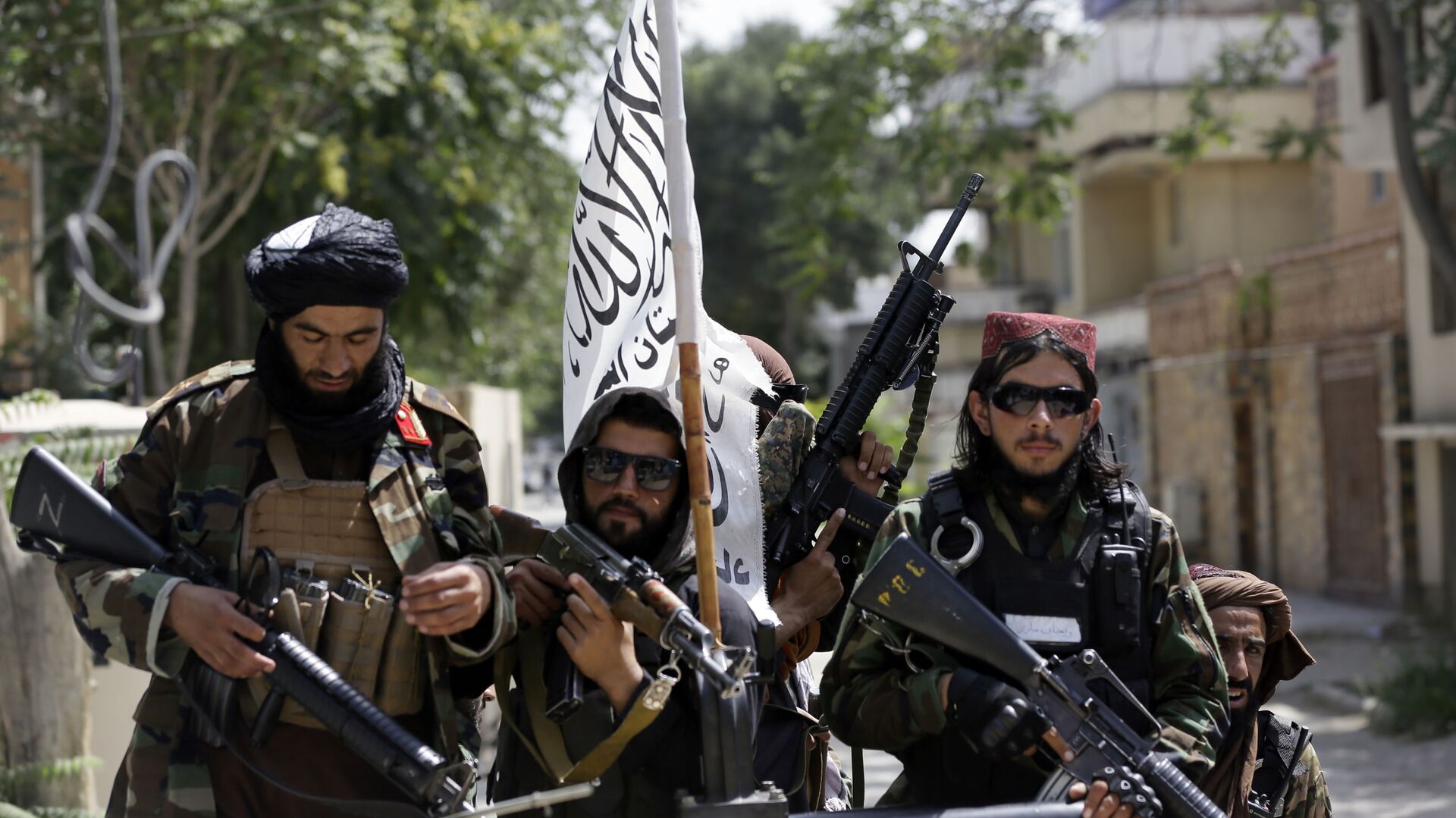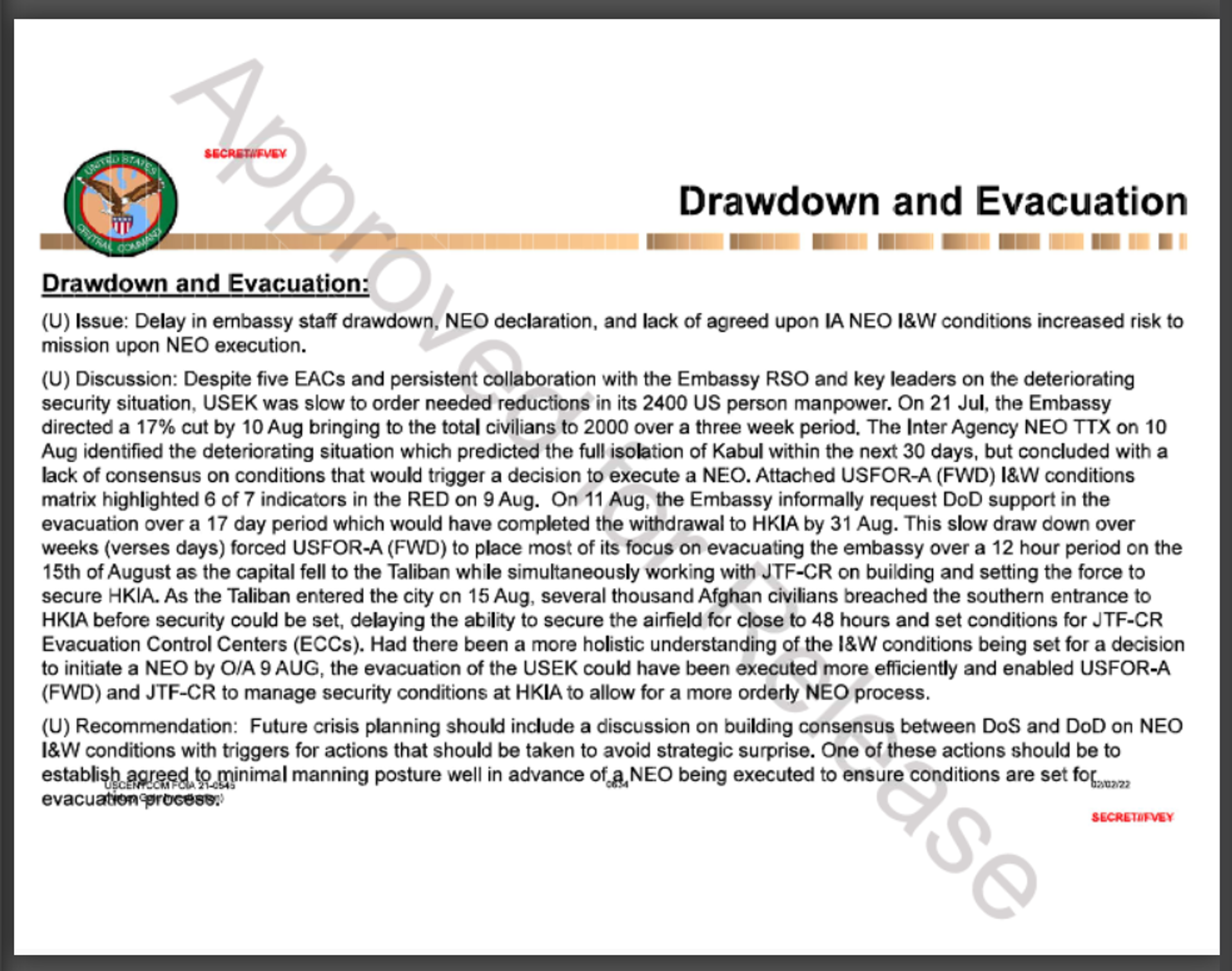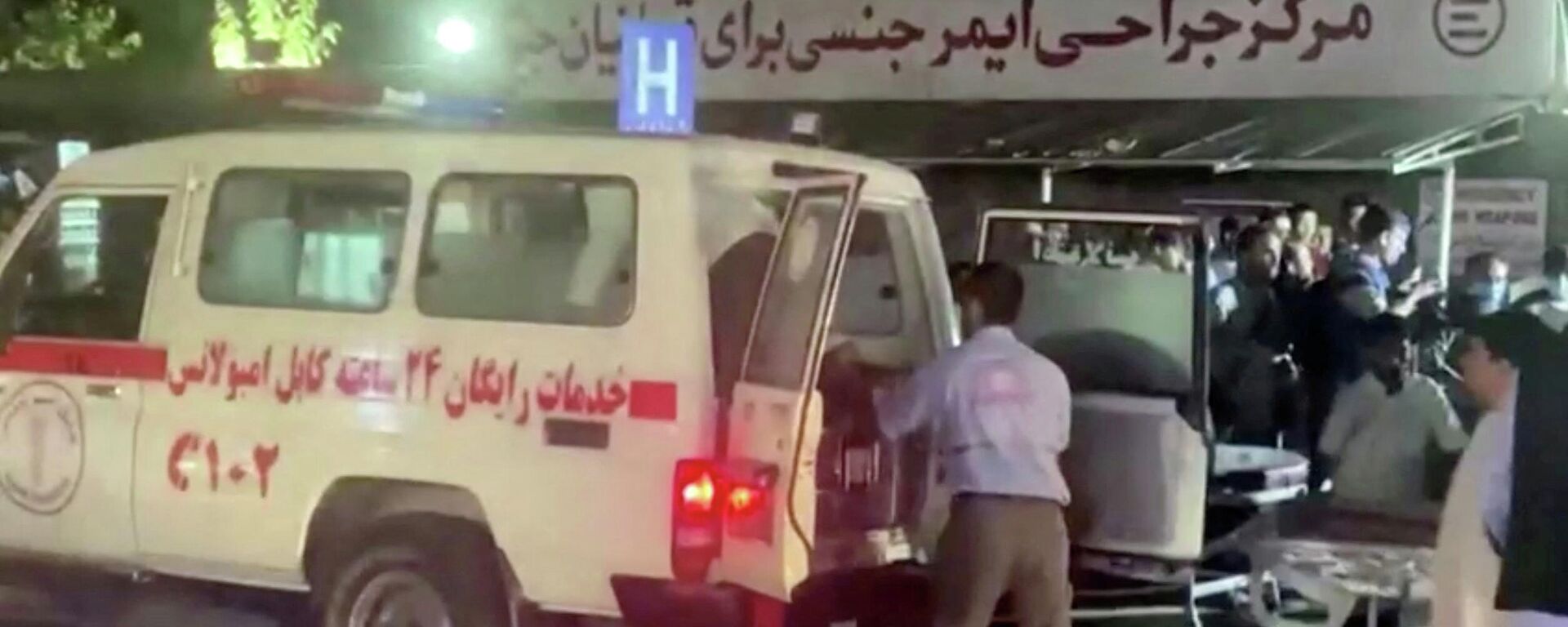US Army Voices Frustration With White House, Praises Taliban in Declassified Doc on Afghan Pullout
11:10 GMT 13.02.2022 (Updated: 11:26 GMT 13.02.2022)

© AP Photo / Rahmat Gul
Subscribe
The NATO-backed government of Afghanistan and its armed forces crumbled in August 2021, less than two weeks after the Taliban* captured its first provincial capital, despite public assurances by Biden administration officials that Kabul would continue to hold out thanks to superiority of arms, training, equipment and numbers.
New evidence of the Biden administration’s alleged poor management of the Afghanistan evacuation process appears to have been borne out in a declassified ‘after-action report’ penned by the Pentagon related to Operation Allies Refuge – the mission to pull out US personnel and Afghans during the final two weeks of August 2021.
The retrospective analysis, first published by WaPo, consists of a 12 page, partially redacted slide show summary by United States Central Command dated 24 September 2021, less than a month after the last US and coalition troops left Kabul following the city’s fall to the Taliban.
The report, part of a larger series of documents whose existence the White House clumsily attempted to deny Friday, showed a lack of preparedness, “confusion” caused by a State Department directive to rotate consular personnel in the middle of the withdrawal, and delays in evacuee processing amid bureaucratic flip-flopping regarding eligibility requirements.
“Consular staff did not have sufficient manning to supervise all processing at the gates [to the airport] which often led to Department of Defense (DoD) personnel at the gates making on the spot calls concerning paperwork. The Consular provided examples and training to the DoD gate guards for processing paperwork, though with the limited time and exposure, there was confusion as to what paperwork was acceptable,” one slide noted.
The report pointed to a “severe failure in patient administration/tracking” in the aftermath of the deadly 26 August terror attack on the airport, in which 170 Afghans and 13 US service members were killed, combined with failures to prioritise American citizens during extraction operations, and a delay in a decision to drawdown Embassy staff.
One slide showed that the State Department ordered a 17 percent cut in staff on 21 July by 10 August. That day, officials “identified the deteriorating situation which predicted the full isolation of Kabul within the next 30 days, but concluded with a lack of consensus on conditions that would trigger a decision to execute” a full-scale withdrawal.
Chaos caused by the 15 August capture of Kabul by the Taliban was said to have resulted in thousands of Afghans flooding the airport, delaying US troops’ ability to secure its airfield for nearly two days. “Had there been a more holistic understanding of the [Indications and Warning] conditions being set for a decisions to initiate [withdrawal] by…9 August, the evacuation…could have been executed more efficiently and enabled [security forces] to manage security conditions at [the airport] to allow for a more orderly [evacuation] process,” the report noted.

Excerpt from a US Central Command After Action Report detailing impacts of White House policy on the evacuation from Afghanistan.
© Photo : US Central Command
The CENTCOM report noted that while Embassy and Afghan special immigrant visa evacuations were supposed to take place separately, a White House “directive to increase the flow of evacuees,” coupled with “several hundred special interest group request[s] for support outside the prioritization scheme rapidly increased the throughput of evacuees,” causing temporary safe havens to quickly reach and exceed capacity and resulting in further delays.
The report also offered praise for the Taliban and its security response following the 26 August ISIS-K** attack on the airport, indicating that the sharing of intelligence helped “build trust and opened critical lines of communications,” resulting in improved crowd control, external security, and helping to prevent additional ISIS-K attacks planned for August 29, 30 and/or 31.
The 12-page report is just one among a trove of documents uncovered by the press earlier this month casting new doubts on the administration’s Afghan policy in the final days of the NATO-backed government’s existence. On Thursday, President Biden rejected the conclusions of a separate Army investigation attacking his administration, reiterating his long-stated view that “there was no good time to get out, but if we had not gotten out, they [the military][ acknowledged we would have had to put a hell of a lot more troops back in.”
The US decision to withdraw from Afghanistan was sealed in February 2020 by Trump administration and Taliban negotiators in Doha, with President Biden announcing in April 2021 that troops would be pulled out by the 20th anniversary of the 9/11 terror attacks. The deadline was later pulled back to the end of August. The imminent withdrawal sparked an exacerbation of the conflict between the Taliban and the NATO-backed Afghan government. By early August, the Taliban began capturing one city after another, culminating in the taking of Kabul on 15 August.
* The Taliban is an organization under UN sanctions for terrorist activities.
** The Afghanistan branch of Daesh (ISIS/ISIL) a terrorist group outlawed in Russia and many other countries.




